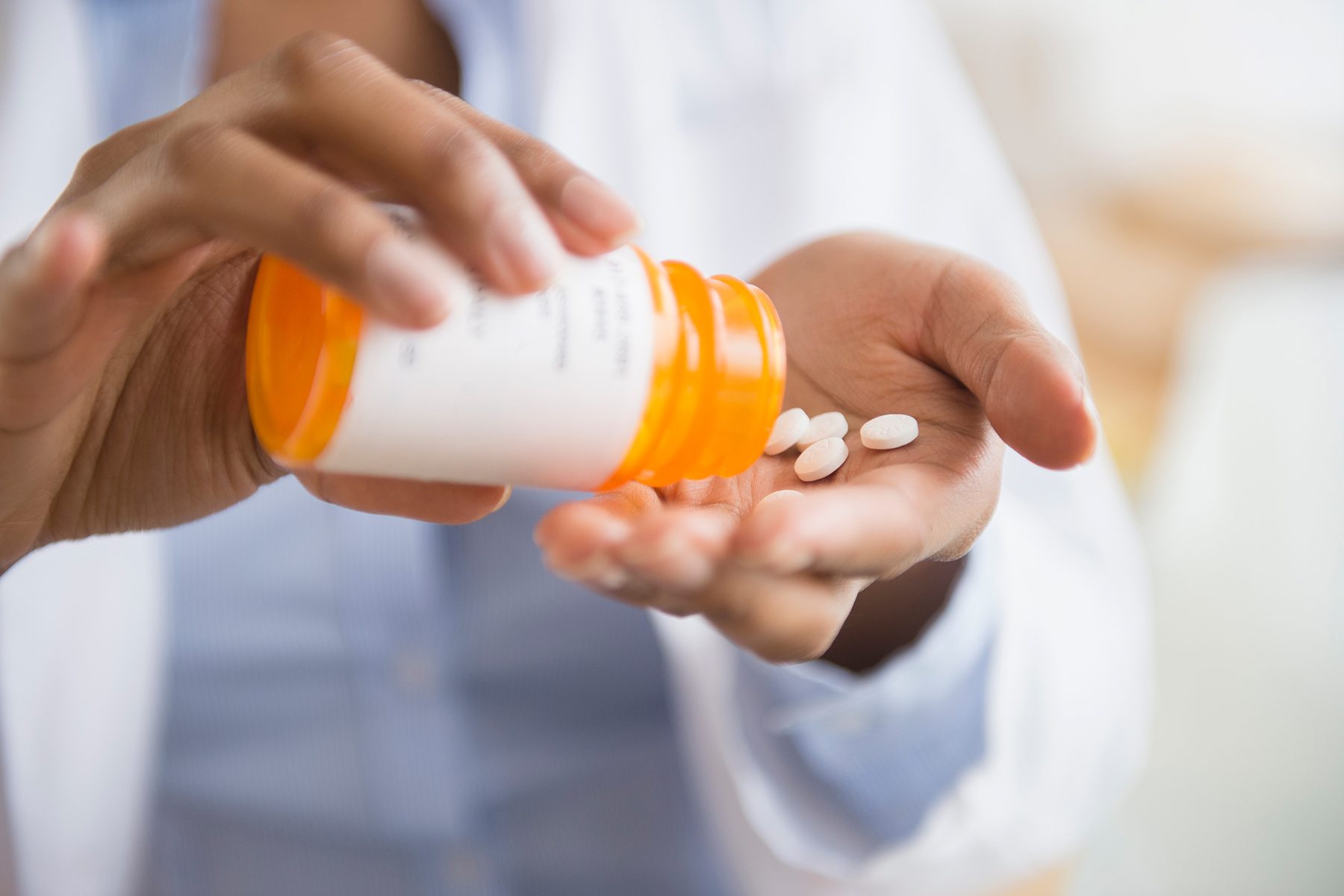Bacteria are developing resistance to antibiotics faster than new drugs can be created. A Cleveland Clinic expert shares tips to fight antibiotic resistance.

Antibiotic Resistance: 5 Ways To Prevent It, from a Doctor of Pharmacy

5 ways to prevent antibiotic resistance

1. Practice good hygiene
One of the most effective ways to prevent antibiotic resistance is to avoid infections in the first place. “Practice good hygiene to avoid infection and the need for antibiotics. Handwashing is a good, simple first step,” Dr. Kim says.
Wash your hands frequently with soap and water, especially before eating, after using the restroom, and after touching shared surfaces. Beyond handwashing, take everyday precautions to protect yourself and others. Cover your mouth and nose with a tissue or your elbow when coughing or sneezing, keep wounds clean and properly bandaged, and ensure food is stored and prepared safely to prevent foodborne illnesses. Regular personal hygiene practices like showering, brushing, and flossing also play a key role in minimizing infection risks.
While these habits may seem basic, their impact on preventing illness and reducing the need for antibiotics cannot be overstated.

2. Only take antibiotics when you truly need them
Antibiotics are designed to treat bacterial infections, not viral ones like the common cold or flu. “Sometimes, bacterial and viral infections can have similar symptoms,” explains Dr. Kim. This overlap can lead to unnecessary antibiotic use when they aren’t actually needed.
If you’re feeling unwell, resist the urge to self-diagnose. Instead, consult your healthcare provider and provide a detailed description of your symptoms. They’ll evaluate your condition and determine whether antibiotics are appropriate or if another treatment is better suited to your needs.

3. Finish your antibiotics
When prescribed antibiotics, it’s essential to follow your healthcare provider’s instructions and complete the full course. “Skipping doses or stopping too soon, even if you feel better, can allow bacteria to start reproducing and mutate to become resistant to medicine,” Dr. Kim says.
Here’s why: Antibiotics effectively kill the bacteria that are susceptible to treatment, but if the course is cut short, any remaining resistant bacteria have an opportunity to multiply and spread. Completing the full treatment ensures that all bacteria are eradicated, reducing the risk of resistance and protecting both your health and public health.

4. Avoid sharing or using leftover antibiotics
Antibiotics are not one-size-fits-all. Sharing your prescription with someone else or using leftover antibiotics from a previous illness might not treat an infection and can actually do more harm than good. These medications are carefully prescribed based on the specific type and severity of an infection, as well as individual factors like age, weight, and medical history.
Using the wrong antibiotic or an incorrect dosage can leave harmful bacteria partially treated, giving them the chance to adapt and develop resistance. To protect yourself and others, never share antibiotics or save them for future use. Instead, consult a healthcare provider for appropriate treatment and safely dispose of unused medications.

5. Stay up to date with vaccinations
Vaccinations play a key role in preventing infections, including bacterial ones that might otherwise require antibiotic treatment. For example, vaccines for illnesses like pneumonia, whooping cough, and meningitis target bacterial pathogens, reducing the chances of infection and, in turn, the need for antibiotics. By staying current with recommended vaccines, you not only protect yourself but also reduce the spread of infections within your community.
About the expert:
Christina Kim, PharmD, is a clinical pharmacy specialist at the Cleveland Clinic. She completed an infectious disease residency at Buffalo General Medical Center.
For daily wellness updates, subscribe to The Healthy by Reader’s Digest newsletter and follow The Healthy on Facebook and Instagram. Keep reading:



















